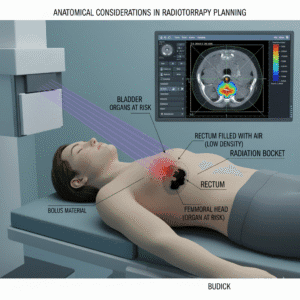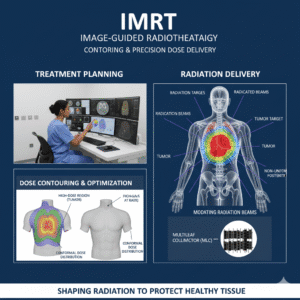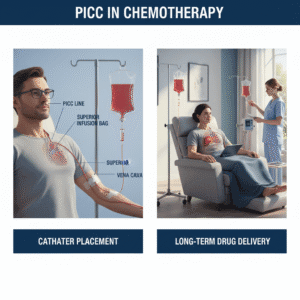
Hyperthermia
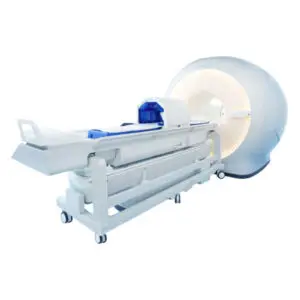
Q1: What is Hyperthermia in cancer treatment?
A: Hyperthermia is a cancer treatment that involves raising the temperature of body tissues to damage and kill cancer cells. By applying heat to specific areas of the body, hyperthermia makes cancer cells more vulnerable to other treatments, like radiation therapy and chemotherapy, enhancing their effectiveness.
Q2: How does Hyperthermia work in treating cancer?
A: Hyperthermia works by exposing cancerous tissues to high temperatures, typically between 104°F (40°C) and 113°F (45°C). The heat can directly kill cancer cells or damage their structure, making them more susceptible to other treatments. Hyperthermia is usually used in conjunction with other therapies rather than as a standalone treatment. It can improve blood flow to the tumor, allowing for better delivery of chemotherapy drugs or enhancing the effects of radiation therapy by making cancer cells more sensitive to radiation.
Q3: What types of cancer can be treated with Hyperthermia?
A: Hyperthermia can be used to treat various types of cancer, including:
Breast cancer: Particularly when it has recurred locally or after radiation therapy.
Cervical cancer: Often combined with radiation therapy to enhance effectiveness.
Head and neck cancers: Used in combination with other treatments to target tumors in these regions.
Soft tissue sarcomas: To help shrink tumors before surgery or make radiation therapy more effective.
Prostate cancer: As a complementary treatment to enhance the effects of other therapies.
Hyperthermia is often used for tumors that are difficult to treat with surgery or radiation alone.
Q4: What are the different types of Hyperthermia?
A: There are several types of hyperthermia, depending on the area of the body being treated:
Local hyperthermia: Heat is applied to a small area, such as a tumor. Methods include external heat applicators, radiofrequency energy, and microwave therapy.
Regional hyperthermia: Larger areas, such as a body cavity, organ, or limb, are heated. This can involve techniques like deep tissue heating or perfusion, where heated chemotherapy drugs are circulated through the affected area.
Whole-body hyperthermia: The entire body is heated, typically used for treating metastatic cancer (cancer that has spread throughout the body). This is usually done in specialized settings, such as using hot water blankets or thermal chambers.
Q5: What are the benefits of Hyperthermia in cancer treatment?
A: The benefits of hyperthermia include:
Increased effectiveness of other treatments: Hyperthermia can enhance the effects of radiation therapy and chemotherapy.
Targeted treatment: It can focus heat on specific areas, reducing damage to surrounding healthy tissues.
Non-invasive: Most hyperthermia techniques are non-invasive or minimally invasive, making them suitable for patients who cannot undergo surgery.
Potential for fewer side effects: When combined with other therapies, hyperthermia can sometimes allow for lower doses of chemotherapy or radiation, reducing side effects.
Q6: Are there any risks or side effects associated with Hyperthermia?
A: While hyperthermia is generally safe, there are potential risks and side effects, including:
Skin burns or blisters: Heat applied to the skin or underlying tissues can cause burns or blisters.
Discomfort or pain: Some patients may experience discomfort or pain during or after the procedure.
Damage to surrounding tissues: Although hyperthermia is targeted, there is a risk of harming nearby healthy tissues if not carefully controlled.
Infection: There is a minor risk of infection, particularly if invasive techniques are used.
Your healthcare team will monitor you closely to minimize these risks and manage any side effects.
Q7: How do I know if Hyperthermia is the right treatment for me?
A: Whether hyperthermia is suitable for you depends on several factors, including the type, size, and location of your tumor, as well as your overall health and the specific goals of your treatment. Hyperthermia is often used for tumors that are difficult to treat with conventional therapies alone or when a more aggressive approach is needed. Your oncologist will evaluate your specific situation and discuss whether hyperthermia is a good option for you.
Q8: What can I expect during a Hyperthermia treatment session?
A: During a hyperthermia session, you will be positioned comfortably, and the heat applicator or device will be placed on or near the treatment area. The healthcare team will carefully monitor the temperature and duration of the treatment to ensure safety and effectiveness. Depending on the type of hyperthermia, the session may last from 30 minutes to several hours. Most patients can resume normal activities shortly after the treatment.
If you have more questions about Hyperthermia or are considering it as a treatment option, you may book an appointment with Dr Ruchir Bhandari to understand how hyperthermia might fit into your overall cancer treatment plan.
Related Post

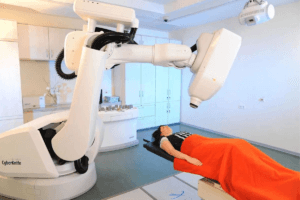
CyberKnife
August 6, 2024
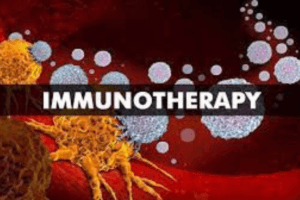
Immunotherapy
August 7, 2024
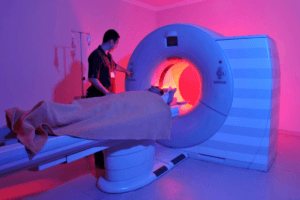
MRI Linac
August 7, 2024

Gamma Knife
August 7, 2024
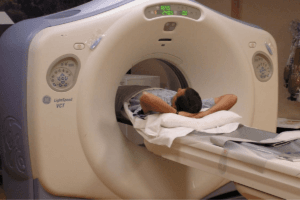
Cancer Screening
August 22, 2024
Gallery
Click below to book a clinic appointment
Ask More Questions Send Query On Email




